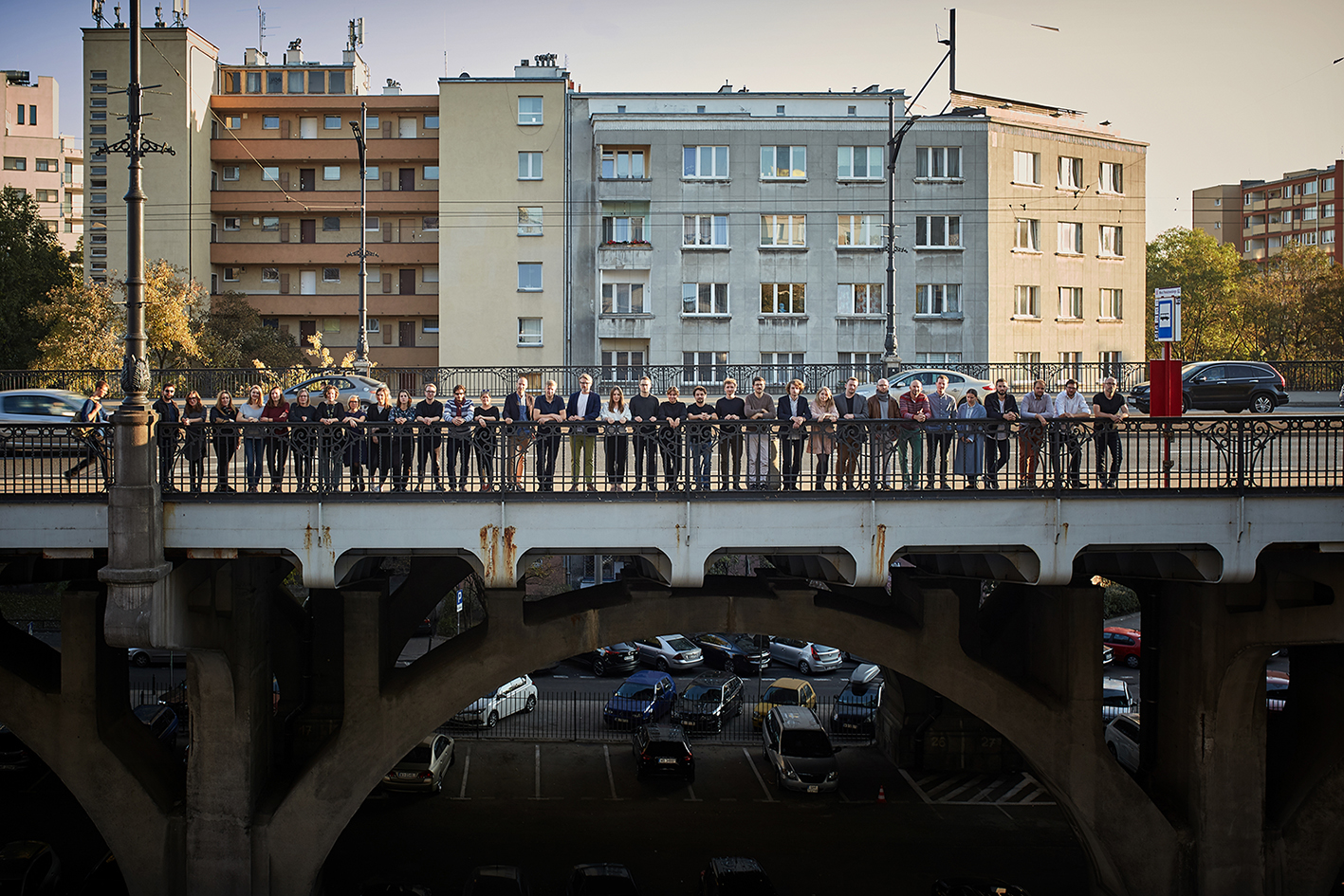About the city
Cities are no longer as predictable as they once were. They are a much more complex creation, formed from a network of numerous connections. In the creation of urban spaces, the voice of residents is increasingly heard - participatory design and urban movements, make it possible for the users of space themselves to have a real impact on the shape of the environment in which they live.
problems of 21st century cities
For more than a decade now, the majority of humanity has been living in cities and this number continues to grow. The migration of people from the countryside to cities is primarily economic. The problem of urban sprawl (urban sprawl) is already well known to modern urban planners. Although the problem of urban agglomerations today definitely goes beyond mere architectural or urban planning issues, designers are trying to come to help from a well-designed living environment. Ideas are emerging to heal 21st century cities. Cities of the future should, above all, be resilient (resilient), compact, green. Urban innovations are supposed to respond to the real problems of residents. The loud idea of smart city, which assumes smart cities that can analyze many more variables with the help of a computer, is still widely discussed, as it carries some risk of diluted responsibility. However, on many issues, such as smog, computer analysis of urban ventilation, can bring a lot of benefits, such as the introduction of green corridors.
human scale of cities
Following the constructive criticism of American cities by Jane Jacobs and the ideas of New Urbanism coming from the United States, the idea of "cities for people", propounded by Danish urban planner Jan Gehl, is in focus in Europe. The Danish no-nonsense specialist introduces a new approach to the discourse on the city - a return in design to the human scale. This is made possible mainly through numerous urban interventions like the introduction of bicycle transportation, an end to the privileged position of cars, pedestrian streets. This benefits the city square as the main meeting place in the city. Revitalization of degraded spaces is one of the basic tasks of rebuilding modern cities. A flagship example of such an effort is High Line Park in New York City. The transformation of an abandoned railroad overpass into a park, as it were, suspended above the streets, not only provides a respite from the bustling life of Manhattan, but demonstrates that grassroots initiative by local residents is capable of having a real impact on the shape of the city.

Pracownia BBGK Architekci powstała z inicjatywy architektów Jana Brzozowskiego, Konrada Grabowieckiego i Wojciecha Koteckiego. Pracownia posiada ogromne doświadczenie w zakresie realizacji obiektów zabytkowych, budynków mieszkalnych i użyteczności publicznej, jak również projektów urbanistycznych. Pracownia była wielokrotnie nagradzana w konkursach architektonicznych. Projektują indywidualną architekturę silnie związaną z zastanym kontekstem, czego przykładem jest Muzeum Katyńskie oddane do użytku w 2015 roku. Projekt ten, nagrodzony w wielu konkursach i plebiscytach, znalazł się w ścisłym gronie finalistów Nagrody Unii Europejskiej dla architektury współczesnej im. Miesa van der Rohe 2017. W praktyce projektowej BBGK Architekci dominuje wątek zmieniającej się roli przyszłości miast. Pracownia mieści się na warszawskim Powiślu i zatrudnia ponad 40 architektów.














